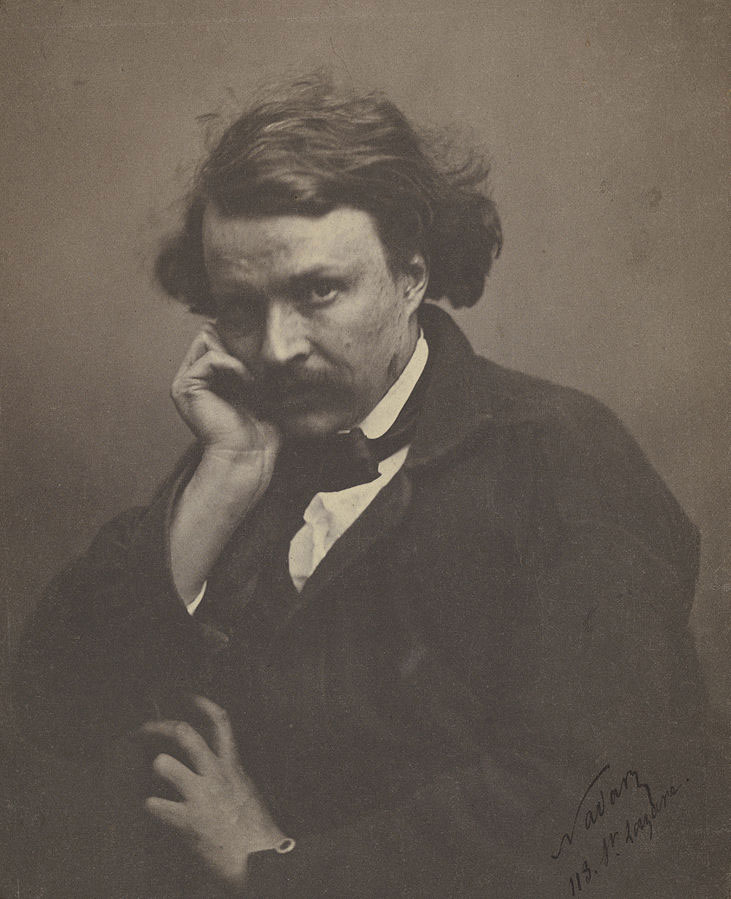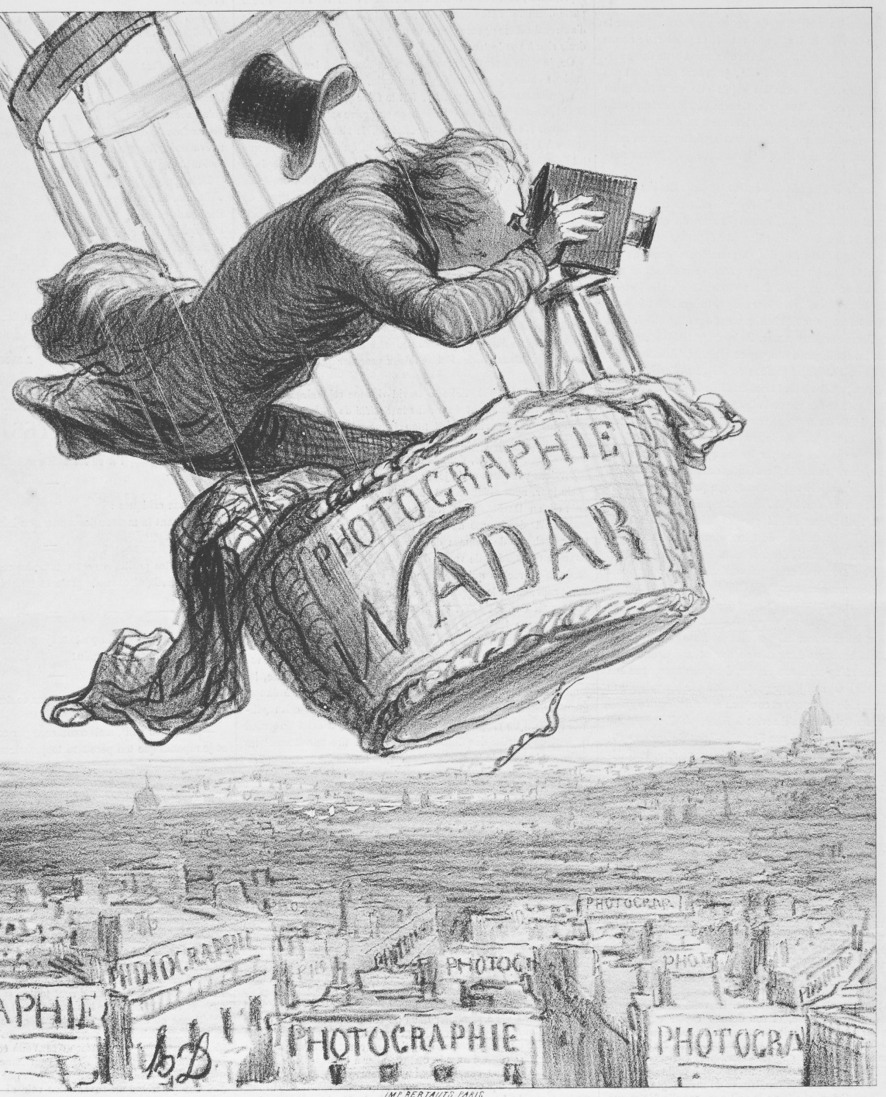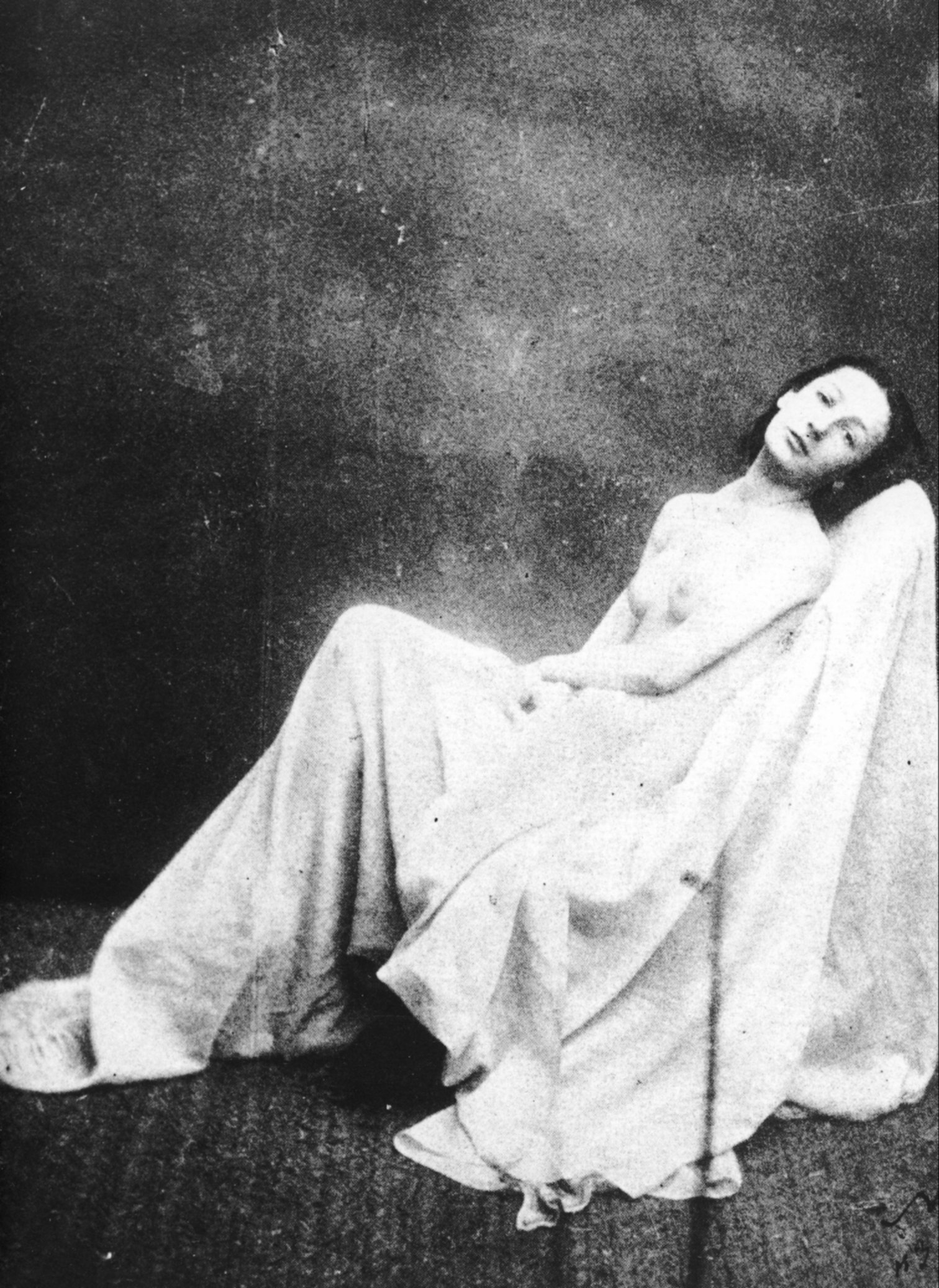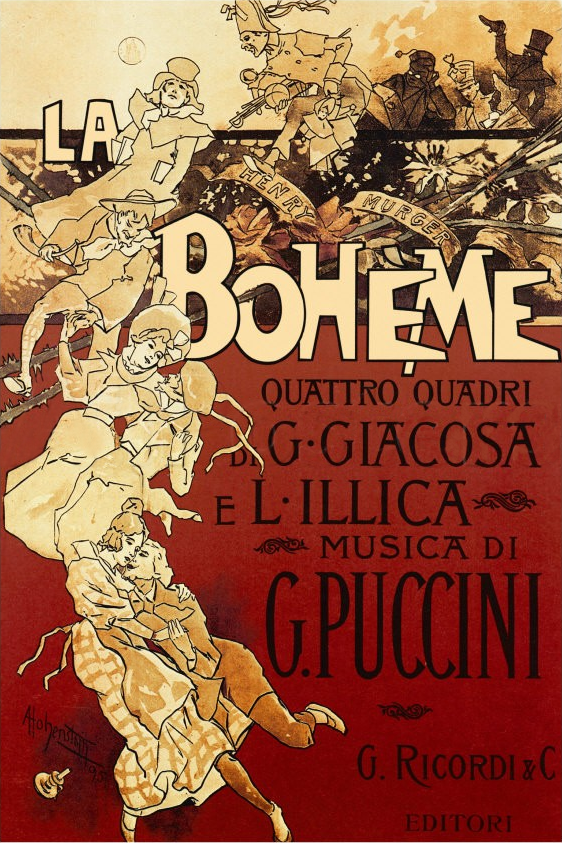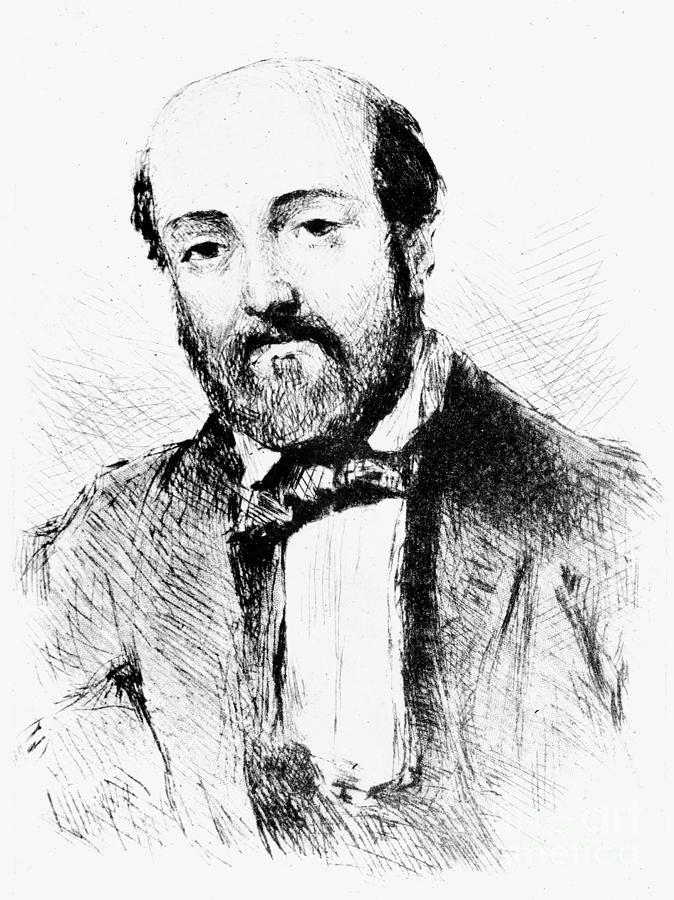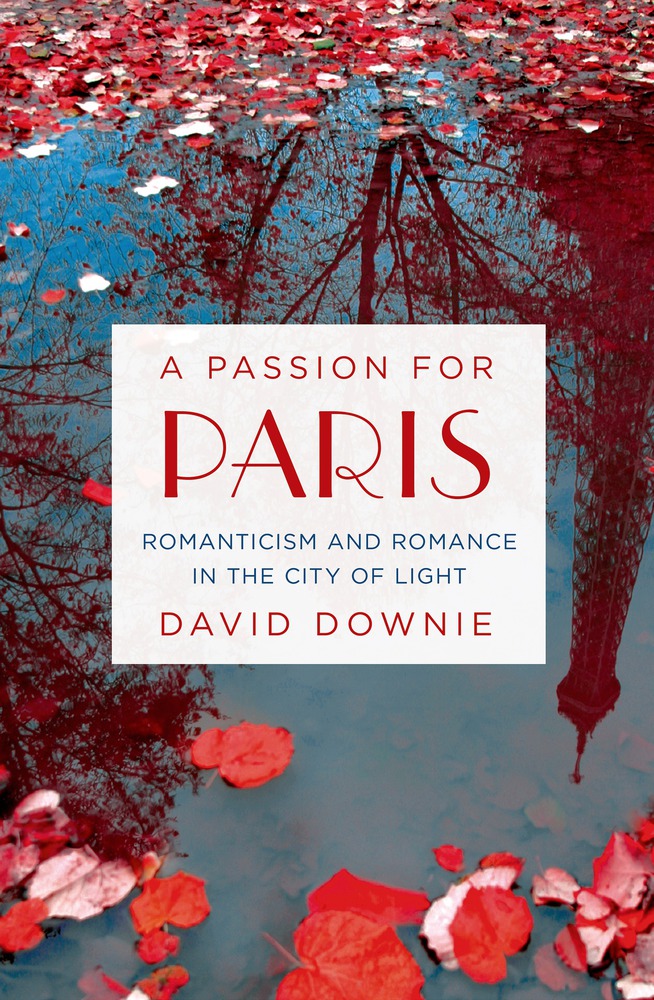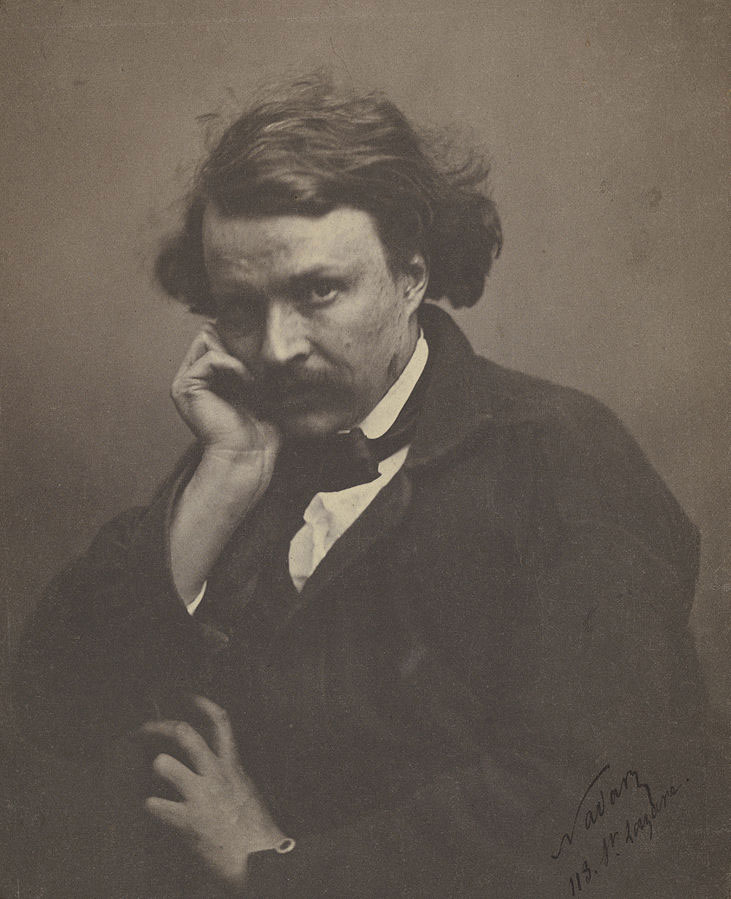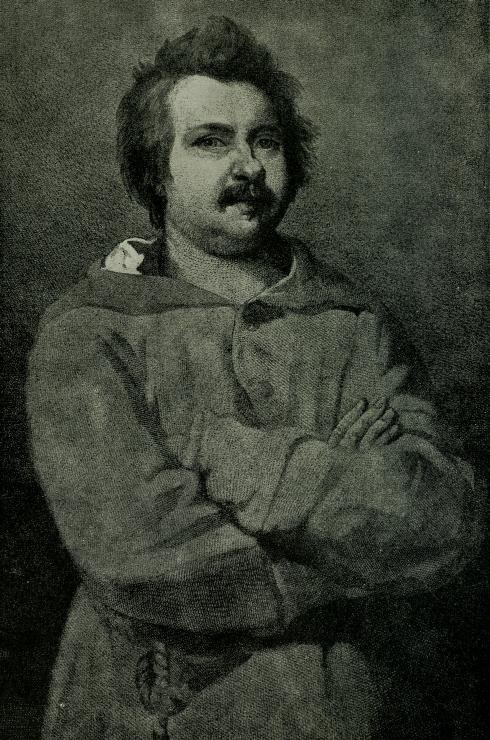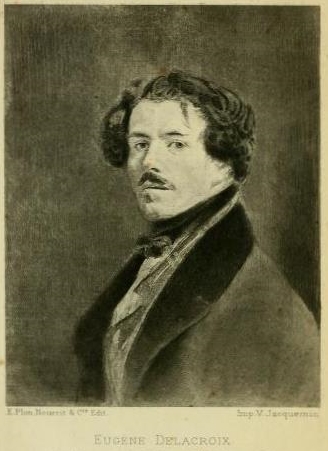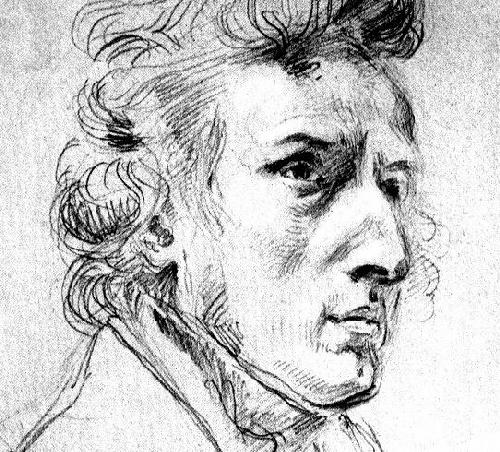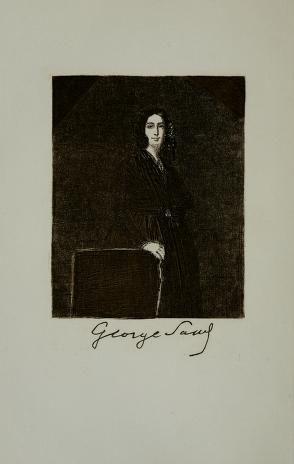Blame Nadar: his noir—noir et blanc I should say—influence helped lure me to Paris way back when. I wanted to take up residence in one of his black-and-white photos, preferably inside the frame of one of the nudes he produced, specifically the one supposedly showing Mimi. “Supposedly” is not chosen for effect. A tale hangs from that shaggy poodle.
Mimi leads me to Murger. Never heard of Henri—or Henry, if you spell it the way he liked to—Murger? You’ve certainly heard of La Bohème, the opera, the best-loved version of which was created by Giacomo Puccini.
Puccini’s opera is based on the novel Scenes de la vie de Boheme (Bohemian Life) by Henri Murger, a thoroughbred, penniless Parisian romantic largely unknown today beyond the City of Light’s beltway (except to hardcore opera lovers and students of French literature).
Where is this leading?
Well, it’s leading to the raison d’être of A Passion for Paris.
When I was a mere whelp I dreamed of living my own bohemian Paris adventure, of writing novels in an attic apartment, of playing at Rodolphe and meeting a 1970s reincarnation of Mimi while hanging out in the Latin Quarter with her, Henry, and Félix. You know Félix Tournachon, the tall guy with red hair and a slightly wandering eye? That was Nadar’s real name. He wasn’t just a fabulous photographer. He was one of the original band of bohemians, a celebrated Latin Quarter lover.
This is what A Passion for Paris is in part about: my early days in Paris, and my decades-long, continuing, quixotic quest to understand why—or if—Paris is the world’s most romantic city. I certainly bought into the myth, if myth it be. Here I am, 39 years after my first visit, 29 years after moving here full time.
Did I succeed? I did manage to live in a maid’s room, and it was every bit as cold and uncomfortable as Nadar’s or Murger’s or Mimi’s. I wrote a bunch of novels in it and elsewhere—in an attic office, among other digs. Two of them were published. The others I used to light fires, just as Rodolphe et al did in the book and the opera. And I met my Mimi—though she wasn’t consumptive and is very much alive and well to this day. No tragic ending yet to our story. I hope my operetta is more comic or melodramatic than the tragic La Bohème.
But I don’t want to steal my own thunder. A Passion for Paris is much more than a self-serving autobiography or memoir. It’s really about the enduring romance of Paris. The roots of romance delve way deeper than most people think. One of the reasons the city is so magical and so baffling and endearingly melancholic is it continues to live in the Age of Romanticism. Baudelaire, Hugo, Balzac, Dumas, George Sand, Chopin, Delacroix and dozens of others are alive and kicking—they live on in today’s Parisians.
Don’t believe me? That’s fair enough. Read the book and decide for yourself. I’ll look forward to your comments.
A Passion for Paris is published by St. Martin’s Press on April 28, 2015. It’s already available for pre-order from Indiebound.org, from your favorite local indie bookstore or, if you must, from the usual on-line booksellers.
Click here for our spring, 2015 book tour schedule for A Passion for Paris: Romanticism and Romance in the City of Light
